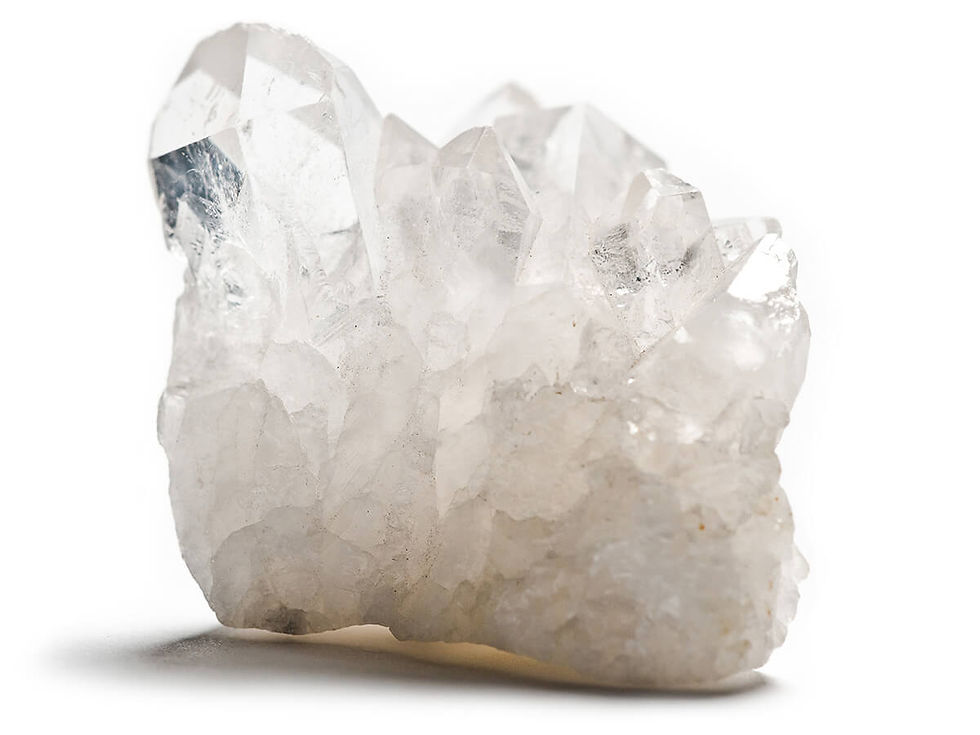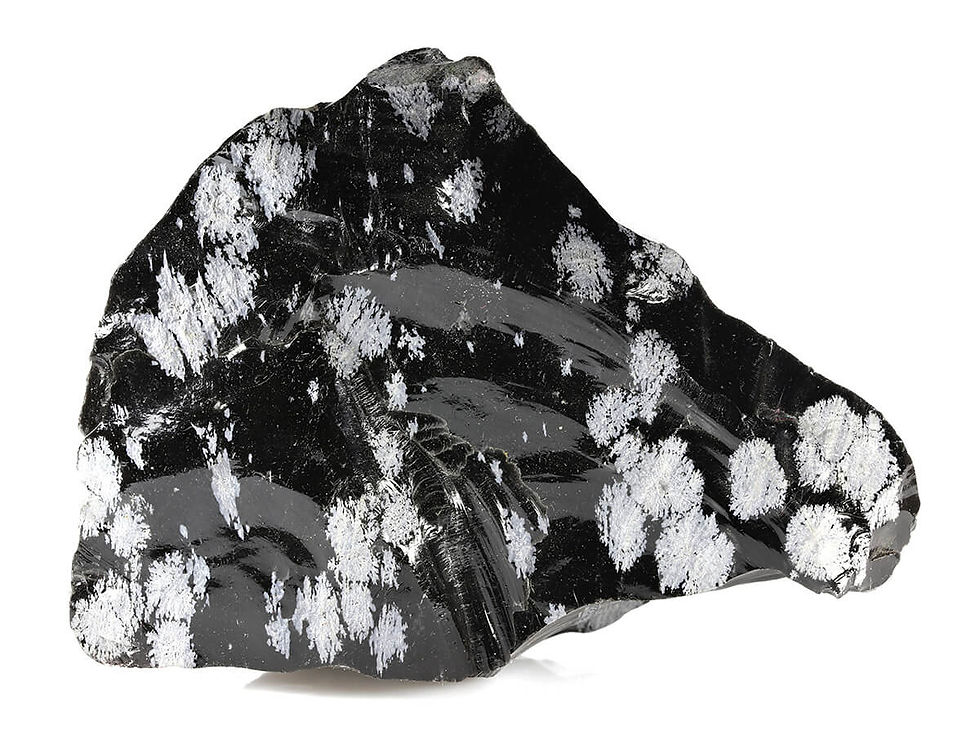Detention of Shipments of Raw Materials for Solar Panels
- Connie Golden
- Aug 3, 2021
- 4 min read

U.S. Customs and Border Protection recently issued a guidance document on the June 23 withhold release order that requires the detention at all U.S. ports of entry of shipments containing silica-based products made by Hoshine Silicon Industry Co. Ltd., a company located in China’s Xinjiang Uygur Autonomous Region. This applies to silica-based products made by Hoshine and its subsidiaries as well as to materials and goods derived from or produced using those silica-based products, regardless of where the materials and final goods are produced.
The guidance document provides the following examples of such materials and finished goods, although this list is not exhaustive.
Finished goods – photovoltaic cells, solar generators, solar panels, electronics, adhesives, and lubricants
Intermediate goods – semiconductor devices, integrated circuits, and additives for aluminum alloys and concrete
Component materials – silicon, including metallurgic grade silicon, silicon oxide, and certain silicones in primary forms
What is Silica?

Silica is synonymous with silicon dioxide (SiO2). Silicon and oxygen are the two most abundant elements in the earth’s crust. Silica is commonly found in nature as sand. Silica exists in many different forms that can be crystalline as well as non-crystalline (amorphous). Crystalline silica is hard, chemically inert and has a high melting point. These are valued/important properties in various industrial uses such as solar panels, electronics and semiconductor chips.

Quartz is the most common form of crystalline silica and is the second most common mineral on the earth’s surface. It is found in almost every type of rock i.e. igneous, metamorphic and sedimentary. Since it is so abundant, quartz is present in nearly all mining operations.

Cristobalite is scarce in nature. Some volcanic rocks and meteorites may contain small amounts of it. Cristobalite may also form when quartz is heated at high temperatures starting at 450°C. This is especially true during production and use of refractory materials and/or during calcination of silica (between 800 and 1110°C). As a result, there is a likelihood of exposure to cristobalite in occupational settings.
Tridymite is also a scarce mineral that is only found in nature in volcanic rocks and meteorites. Tridymite, however, differs from cristobalite in that it is not stable during quartz and refractory materials heating processes at conventional process temperatures. As a result, exposures are very unlikely to occur in occupational or other settings.
Is it dangerous?
Exposure to silica is a significant danger for laborers. Understanding of the dangers of silica goes back more than a half century, and many of the worst practices have been eliminated in the US and in Europe. Respirable crystalline silica is the dust fraction of crystalline silica which enters the body by inhalation and can potentially reach the deep lung. The dust in mines and quarries contains microscopic silica fibers that lodge in the lungs and eventually cause silicosis, a deadly and irreversible lung disease. Silica exposure also increases risk for lung cancer, chronic obstructive pulmonary disorder (COPD), kidney disease and tuberculosis.
Industrial minerals producers have jointly determined it appropriate to classify crystalline silica (fine fraction) (quartz (fine fraction) and cristobalite (fine fraction)) as hazardous. OSHA's rule on respirable crystalline silica mandates reducing exposures through engineering and work practice controls. Additionally, it gives contractors flexibility by providing three different compliance options.
What is a WRO?
U.S. law prohibits the importation of goods mined, produced, or manufactured, wholly or in part, in any foreign country by forced labor, including convict, indentured, and forced child labor. Enforcement of this prohibition is on the rise, including Withhold Release Orders (WRO) and shipment detentions.
It is therefore no longer enough for importers to know the conditions of manufacture only back to their tier one suppliers; instead, they need to have complete supply chain transparency all the way back to the point of extraction, growth, or original input creation. Importers should be taking affirmative steps to ensure compliance and manage risk.
It's important to keep your trade documentation
If you are an importer, it is becoming even more important to have your trade documents in order before anything happens. CBP’s guidance discusses the types of documents that importers may be required to submit to demonstrate that merchandise detained under 19 CFR 12.42(a) was not produced with forced labor, including:
a certificate of origin signed by the foreign seller in the format specified in 19 CFR 12.43(a), which may be submitted in electronic form
a detailed statement from the importer, as outlined in 19 CFR 12.43(b)
an affidavit from the provider of the silica and its initially processed forms (i.e., silicon metal, metallurgical grade silicon, chemical-grade silicon, silicon, etc.) and identification of the source of the silica and its initially processed forms that identifies where the silica and its initially processed forms were sourced
purchase orders, invoices, and proof of payment for the silica and its initially processed forms and/or silica containing components
a list of production steps and production records from the imported merchandise back through the supply chain to the unprocessed silica and its initially processed forms
transportation documents from raw silica source (quarry or other) through silica’s initially processed forms to the imported merchandise
daily process reports that relate to the unprocessed silica and its initially processed forms sold to the downstream producer(s) and list of entities that supplied inputs for the silica containing products being imported
Zeus offers services to help companies address forced labor concerns, including electronic document storage, supply chain analysis, and proactive remediation. For more information, please contact us or ask for a free demo.



Comments